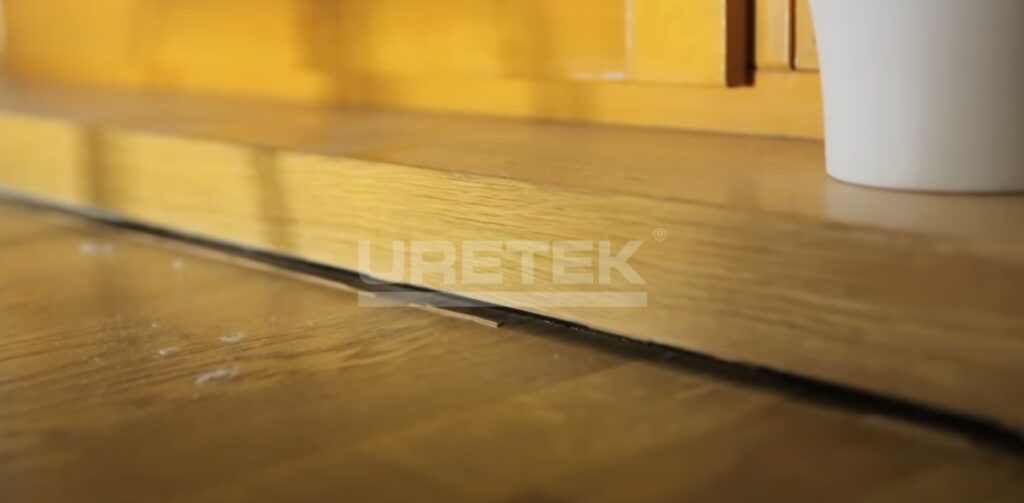
Sissejuhatus
Vana maja renoveerimist võib vaadata kui põnevat hobi, mis on kogu pere eesmärgiks – taastada maja, mis muudetakse oma uueks koduks. Tihti võtab see protsess aega aastaid, kui mitte isegi aastakümneid. Renoveerimisel on remonti vajavatest asjadest nimekiri tihti piisavalt pikk, et mõni väiksem asi tagaplaanile jätta, sest prioriteetsemaid töid tundub jaguvat. Nii võibki juhtuda, et väike pragu seinas jääb esmapilgul tähelepanuta. Selline väike, esialgu iluveana tunduv pragu, võib olla aga ohumärk millestki suuremast – maja vundament või põrandad vajuvad.
Vanade majade omanikud enamjaolt on arvestanud, et võib ette tulla ootamatuid ja ebameeldivaid probleeme, mis vajavad kohest tegutsemist ning rahalist väljakutset. Uute majade omanikud eeldavad, et hooldusele kuluv aeg ning materiaalne kulu on tunduvalt väiksemad. Siiski on vundamendi ja põrandate vajumine – kahjuks sagedamini, kui me arvatagi oskame – murekohaks ka uute majade puhul. Uues majas võib põrandate vajumisest esmalt märku anda näiteks põrandakütte efektiivsuse vähenemine, kuid esineda võivad ka teised samasugused probleemid, mis ka vanade majade puhul esile kerkivad.
Appi – minu vundament ja põrand vajuvad!
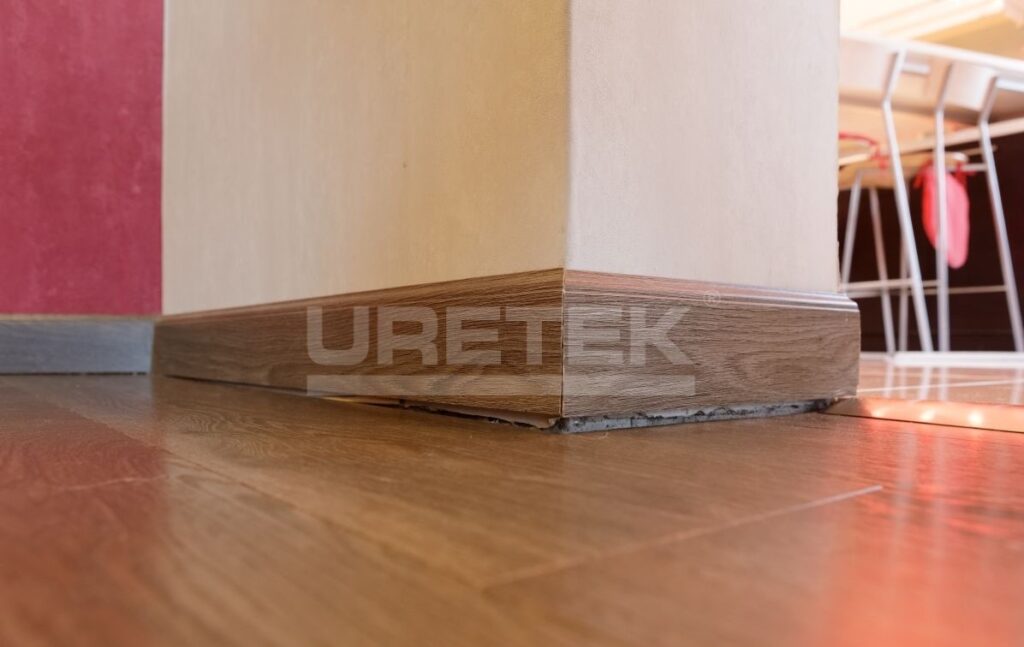 Igasugused praod nii sise- kui välisseintes, vahed põrandalaudade ja seina vahel, kaldus või osaliselt vajunud põrandad, kaldus või kinnikiiluvad aknad ja uksed on olukorrad, mis võivad märku anda tõsisest ohust tervele majale – maja vundament vajub! Hoone vajumine on protsess kui keskkonna mõjul, mittekvaliteetsete tööde tagajärjel või pinnase omaduste muutuste tõttu hakkab ehitise vundament allapoole liikuma.
Igasugused praod nii sise- kui välisseintes, vahed põrandalaudade ja seina vahel, kaldus või osaliselt vajunud põrandad, kaldus või kinnikiiluvad aknad ja uksed on olukorrad, mis võivad märku anda tõsisest ohust tervele majale – maja vundament vajub! Hoone vajumine on protsess kui keskkonna mõjul, mittekvaliteetsete tööde tagajärjel või pinnase omaduste muutuste tõttu hakkab ehitise vundament allapoole liikuma.
Esmapilgul võib vundamendi tõstmine ja stabiliseerimine tunduda vaid tülika ettevõtmisena just seetõttu, et suuremad kahjustused ja pikaajalisemad probleemid ei ole silmaga koheselt nähtavad. Kuid selle probleemi juures tuleb tegutseda kiiresti.
Vundamendi vajumine toob aja jooksul kaasa üha tõsisemaid muresid:
- kahjustusi seintele ning põrandatele on üha raskem remontida või on need pöördumatud;
- ajapikku järjest suuremateks muutunud praod lasevad tuulel ja niiskusel majja tungida, tekitades aja jooksul hallitust;
- suureneb soojuskadu, elamu on külmem ning selle läbi väheneb hoone energiatõhusus;
- puruneda võivad nii vee- kui ka küttetorud;
- tekivad elektriinstallatsioonide rikked.
Tihti kulutatakse palju raha tekkinud kahjude parandamisele, kuid ei tegeleta probleemi tuumaga ega võeta ette vundamenti stabiliseerivad tööd. Niimoodi hakkavad erinevad mured ja valukohad aina korduma, nõudes üha suuremat väljaminekut maja hooldusele. Kõige tõhusamaid viise ehitist suuremate kahjustuste eest kaitsta on see stabiliseerida ning vundament endisesse seisundisse tagasi tõsta.
Põhjuseid, miks maja vundament ja põrandad on vajuma hakanud, on palju ning tihti tekivad need juba maja ehitamise ajal. Siin on välja toodud mõningad neist põhjustest:
- enne maja ehitamist ei tehtud korralikke geoloogilisi uuringuid ning maja on kas ehitatud nõrgale pinnasele või pinnas on enne vundamendi ehitamist halvasti ette valmistatud/tihendatud;
- maja ehitatakse ilma drenaaži paigaldamiseta;
- rekonstrueerimise ebapädevuse tõttu on vundament ülekoormatud;
- veevarustus, kanalisatsioon või soojusvõrgud on pinnast nõrgendanud;
- põranda vajumise puhul on vundamendi rajamisel aluspind jäänud korralikult tihendamata.
Kuidas taastada vajunud vundament või põrand?
Kui on kindlaks tehtud, et majal vajuvad vundament ja põrandad, tuleb mõelda hoone tõstmisele. Inimesele, kes pole vundamendi taastamisest ja tõstmisest varasemalt kuulnud, võib selline töö tunduda väga ajakuluka ja suure ettevõtmisena, nõudes samal ajal majast lahkumist. Võib tekkida lausa mõtteid, kas selline asi on üldse võimalik ning kui suurt kraanat selleks vaja läheb? Seega tekib tundmus, et jääb üle kas teha halb või halvem valik. Kas alustada nii aja- kui rahakuluka protsessiga, mis sunnib kodust eemal olema või lükata probleemi lahendamine määramatusse tulevikku, teades, et olukord pidevalt halveneb?
Lihtsa lahendusena võiks näha äravajunud põrandapinna betooniga üle valamist. See tundub esmapilgul hea viis põrandate tasandamiseks. Tegelikkuses võib see aga tekitada suuremaid kahjusid, kuna värske betoon lisab uut raskust pehmel pinnasel ning vajumine võib jätkuda veelgi intensiivsemalt. Teiseks ei saa hoonet betooni kuivamise ajal kasutada.
Majast elanike või töötajate ja asjade väljakolimine ning ehitise lahtivõtmine ja uuesti kokkupanemine, selleks et kasutada kas ebatõhusaid või lihtsalt tülikaid tehnoloogiaid, näib tohutu ettevõtmisena. See on põhjuseks, miks jäetaksegi vundamendi tõstmine ja stabiliseerimine määramata tulevikku.
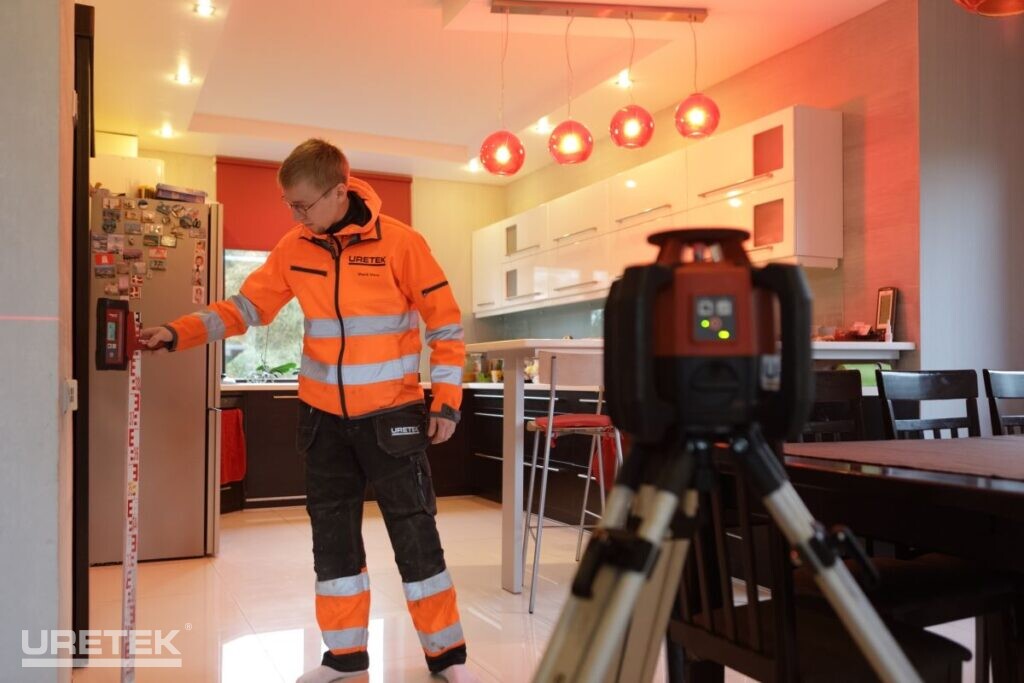 Mis siis, kui vundamendi taastamine, betoonpõranda või palkmaja tõstmine, hoone stabiliseerimine oleks puhas ja kiire protsess, mis ei vajaks täiendavaid ettevalmistusi nagu näiteks kodust välja kolimist ja mööbli ümbertõstmist? Mis siis, kui pragunenud seinad ning praod seinte ja põrandaplaatide vahel saaksid õigele kohale ühe päevaga, ilma et oleks vaja oodata uue betooni kõvenemist?
Mis siis, kui vundamendi taastamine, betoonpõranda või palkmaja tõstmine, hoone stabiliseerimine oleks puhas ja kiire protsess, mis ei vajaks täiendavaid ettevalmistusi nagu näiteks kodust välja kolimist ja mööbli ümbertõstmist? Mis siis, kui pragunenud seinad ning praod seinte ja põrandaplaatide vahel saaksid õigele kohale ühe päevaga, ilma et oleks vaja oodata uue betooni kõvenemist?
Just sellistele küsimustele on vastuse leidnud URETEK Baltic – kolmes Balti riigis tegutsev juhtiv geopolümeeridega pinnaseparanduse ettevõte, mis tegeleb vajunud ehitiste stabiliseerimisega. URETEK kasutab geopolümeeride sissepritsetehnoloogiat, mis võimaldab eelpool mainitud probleemidele läheneda uudselt ning mugavalt. URETEK´i tehnoloogia kasutusala on lai ning seda saab kasutada nii betoonpõranda tõstmiseks, kogu palkmaja või lausa kortermaja tõstmiseks, pinnase tasandamiseks, vundamendi stabiliseerimiseks ning paljudel muudel juhtudel. URETEK´i spetsialistide poolt pakutav tehnoloogia tagab hoone kiire, mugava ja keskkonnasõbraliku tõstmise ning probleem saab lahendatud kliendi igapäeva elu- ja äritegevust häirimata.
Kuidas aitavad URETEK´i geopolümeerid vundamenti tõsta ja stabiliseerida?
URETEK´i poolt teostatavad tööd on innovaatilise tehnoloogia tõttu väga hinnatud alternatiiv hoonete vundamentide või põrandate tõstmiseks ja taastamiseks. Sellisel tehnoloogial on palju eeliseid võrreldes tavapäraste meetoditega, mis on nii inimese kui ka keskkonna seisukohast vaadatuna keerulisemad. Hoone tõstmise tavapärastest protseduuridest erineb geopolümeerne sissepritsimine selle poolest, et see ei nõua kaevamis- ega lammutustööde tegemist, aidates sellega kaasa nii inimese mugavusele kui ka keskkonna säästmisele. Samuti ei tekita URETEK´i tehnoloogia vibratsiooni ega häiri kõrval asuvaid hooneid.
URETEK´i poolt pakutava geopolümeertehnoloogia kasutamisel peatatakse vajumine kiiresti ja märkamatult. Pinnase probleemide olemuseni, mis on vundamendi ja põrandate vajumise põhjuseks, jõutakse 12-32mm laiuse puuraugu kaudu ning sinna “süstitakse” ökoloogiliselt neutraalset vaiku ehk geopolümeervaigusegu. Vaik sisestatakse pinnasesse, kus see paisub kuni kõvastumiseni, täites seejuures pinnases kõik tühimikud ja õõnsused. Vaigu sissepritse ajal tõuseb võimalusel maja või muu konstruktsioon kõrgemale ning liigub tagasi enda õigesse asendisse. Selleks protseduuriks ei ole vaja inimestel majast välja kolida ega isegi mitte mööblit hoonest välja viia. Tööde ajal võib jätkata hoone kasutamist. Tavaliselt kulub tööde tegemiseks ainult üks kuni kolm päeva ning töö asukoht jääb puhtaks ja tolmuvabaks.
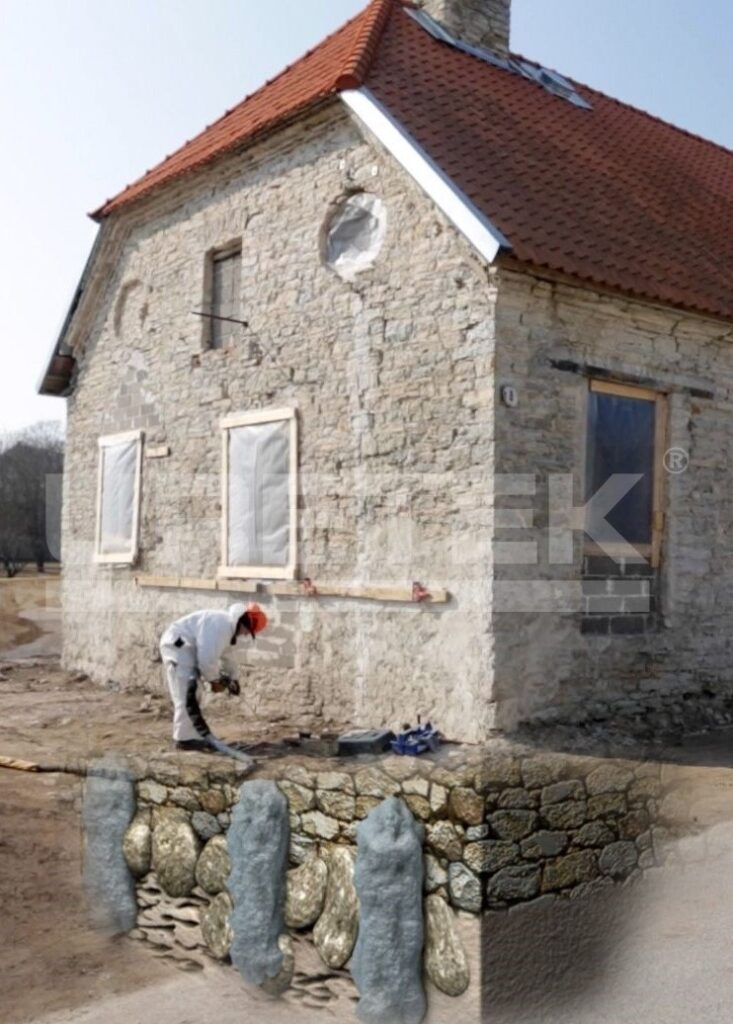 Kasutatavaks materjaliks on patenditud geopolümeervaigusegu. Nõrga pinnase kandevõime suurendamiseks saab ära kasutada geopolümeervaigusegu ainulaadseid paisumisomadusi, mille abil taastataksegi kiiresti ja tõhusalt hoone algseisund. Geopolümeer on tugev, mittelahustuv ja aja toimele vastupidav materjal, mis ei riku hoone konstruktsioone. Geopolümeervaikudega saab täita kõikvõimalikku pinnast alates savist.
Kasutatavaks materjaliks on patenditud geopolümeervaigusegu. Nõrga pinnase kandevõime suurendamiseks saab ära kasutada geopolümeervaigusegu ainulaadseid paisumisomadusi, mille abil taastataksegi kiiresti ja tõhusalt hoone algseisund. Geopolümeer on tugev, mittelahustuv ja aja toimele vastupidav materjal, mis ei riku hoone konstruktsioone. Geopolümeervaikudega saab täita kõikvõimalikku pinnast alates savist.
Esmasel lugemisel võib tekkida arvamus, et polümeer kui keemiline aine võib mõjuda halvasti pinnasele või saastada pinnases olevat vett. URETEK´i tehnoloogiat kasutatakse juba rohkem kui 40 aastat. Materjalide ohutuse kohta on läbi viidud mitmeid teaduslikke uuringuid ja eksperimente, mille tulemused kinnitavad, et hirm reostuse ees ei ole põhjendatud. Materjalid on ohutud nii inimesele kui ka loodusele. Kõik on reguleeritud ja sertifitseeritud Euroopa standardite järgi.
URETEK´i tehnoloogias nähakse hoopis keskkonnasõbralikku lähenemist. Kuna URETEK´i tehnoloogia rakendamisel vundamendi tõstmiseks pole vaja midagi lammutada ega kaevata, pole vaja suuremõõtmelisi materjale transportida ega raskeveokeid kasutada, siis vähendatakse selle läbi süsinikdioksiidi heitkoguseid, säästetakse ressursse ning hoitakse loodust. Kui kunagi tekib vajadus materjali utiliseerida, siis ei erine see protsess millegi poolest teiste ehitusmaterjalide utiliseerimisest. Täpselt samuti nagu tellised, betoon või muud ehitusmaterjalid, on ka polümeerid reguleeritud ehitusjäätmed, mis tuleb viia ehitussektori jäätmete kogumiskohtadesse.
Seega võib kinnitada, et URETEK´i poolt läbiviidav protseduur vundamendi tõstmiseks säästab aega ja raha ning on hoone kandvate konstruktsioonide vajumise probleemile hoopis keskkonnasõbralik lahendus.
Standardtingimustes annab URETEK tehtud töödele 2-aastase garantii ning pinnasesse lastava materjali enda garantii on 10 aastat. Samas näitab kogemus, et 40 aasta eest stabiliseeritud objektid püsivad kindlalt tänaseni.
URETEK´i teenuse hind sõltub paljudest asjaoludest, alates probleemi olemusest kuni objekti vundamendi suuruseni. Probleemi visuaalne hindamine, konsultatsioon ning esmane põrandaalune kontroll objektil on URETEK´i spetsialistide poolt tasuta. Peale visuaalset vaatlust ning põrandaaluse pinnase kontrolli koostatakse igale kliendile personaalne hinnapakkumine.
URETEK´i meeskond pakub omalt poolt tasuta professionaalset konsultatsiooni hindamaks hoone kandvate konstruktsioonide seisukorda.
Pinnase tihendamine URETEK´i tehnoloogiaga
Pinnase tihendamise tööde etapid:
- Visuaalne vaatlus ja mõõdistus URETEK´i spetsialisti poolt, mille käigus tehakse esmane mõõdistus ja ülevaatus, et saada aru problemaatilise ala suurusest ning olemusest. Peale visuaalset vaatlust ja mõõdistust URETEK´i spetsialisti poolt saab teha kliendile esmase hinnapakkumise. Visuaalne vaatlus ja mõõdistus on kliendile tasuta.
- Vajadusel tehakse põrandaaluse pinnase kontroll. Juhul kui probleem on tõsisem, puuritakse vajadusel kliendi nõusolekul põrandasse auk ning kaameraga fikseeritakse põranda all olevad tühimikud, mis on tekitanud põranda ja hoone vajumise. Esmane põrandaalune kontroll on kliendile tasuta.
- Vajadusel geoloogilise uuringu teostamine – mõningatel juhtudel on vajalik pinnase hetkeseisukorra kaardistamiseks teostada ka geoloogiline uuring, mille saab klient tellida ise või URETEK Baltic´u spetsialistide abil. Geoloogiline uuring näitab, millised pinnased hoone all on, kui sügaval on probleem ning milles seisneb selle olemus.
- Kui tingimused ja lõplik hinnapakkumine kliendile sobib, lepitakse koos kliendiga kokku ajaline tegevusplaan ning alustatakse töödega.

Märksõnad

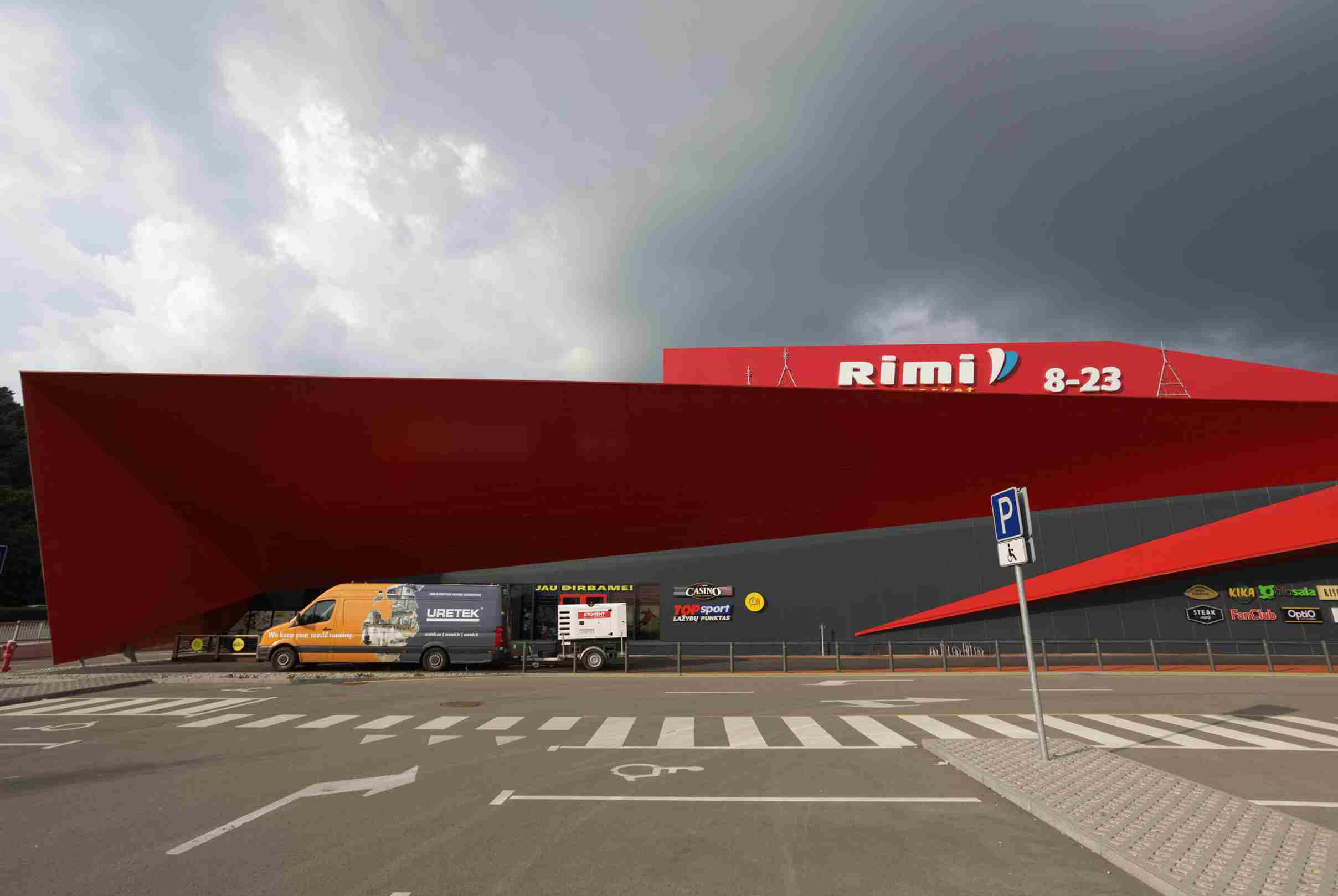
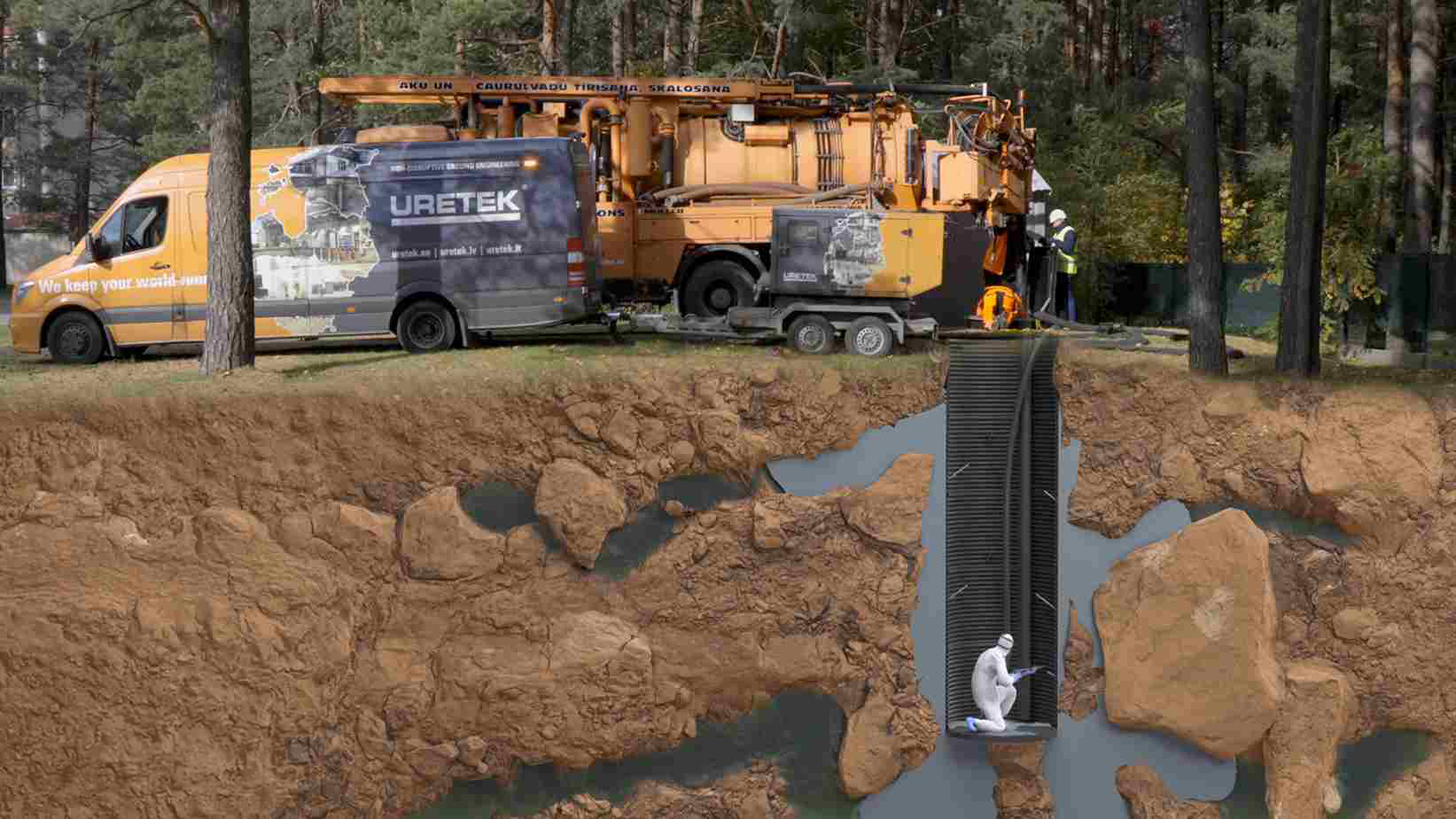
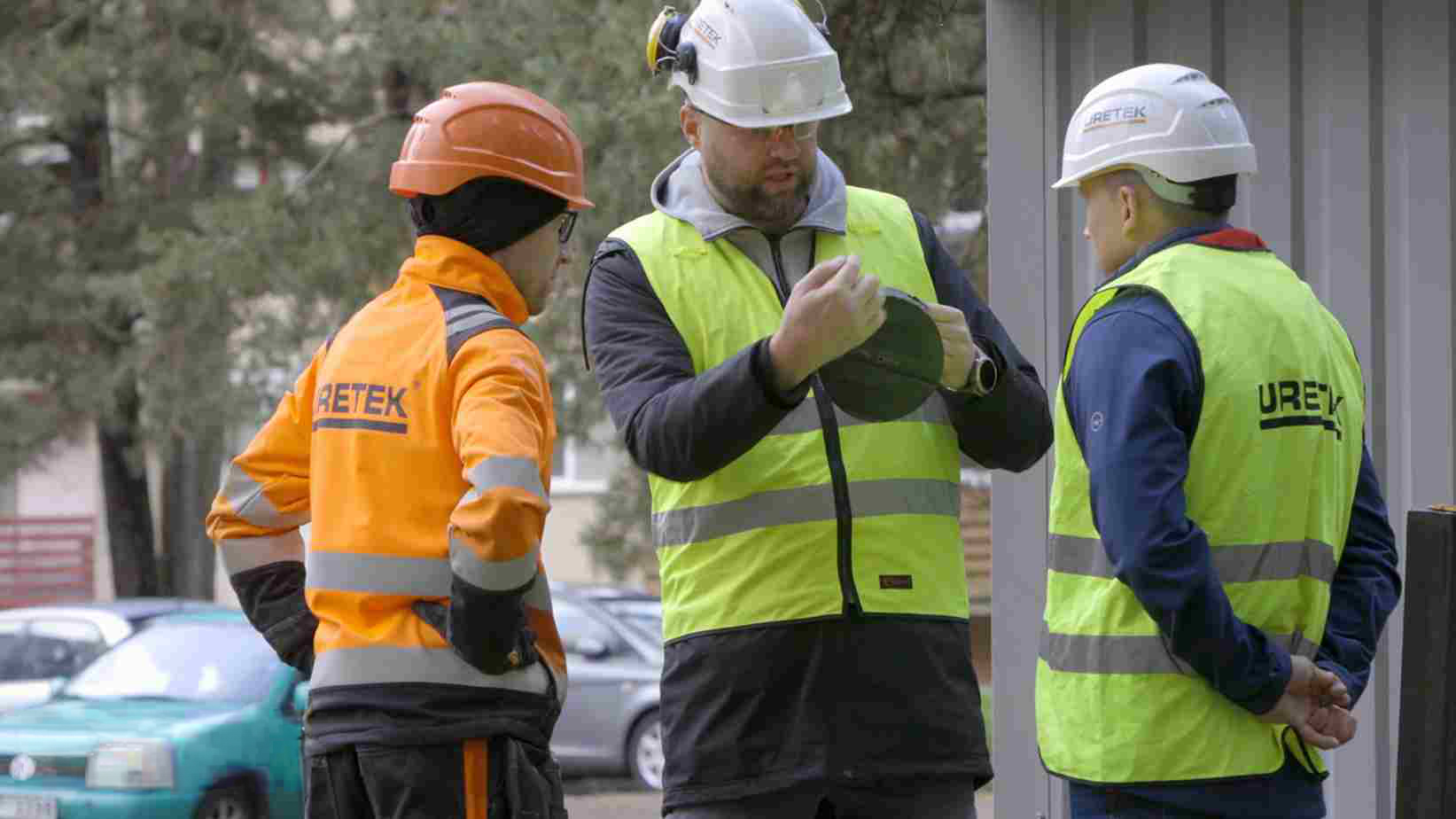
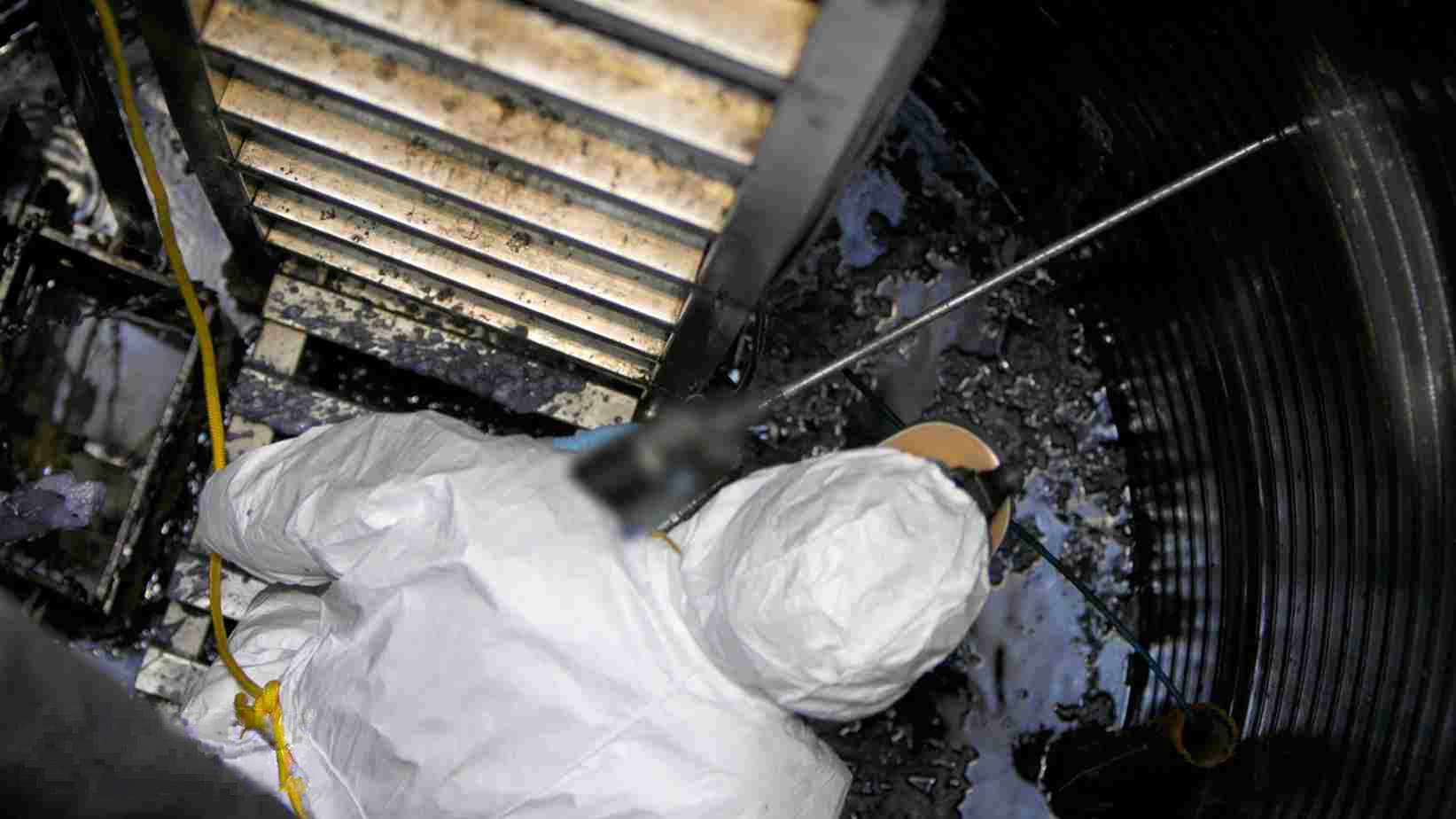
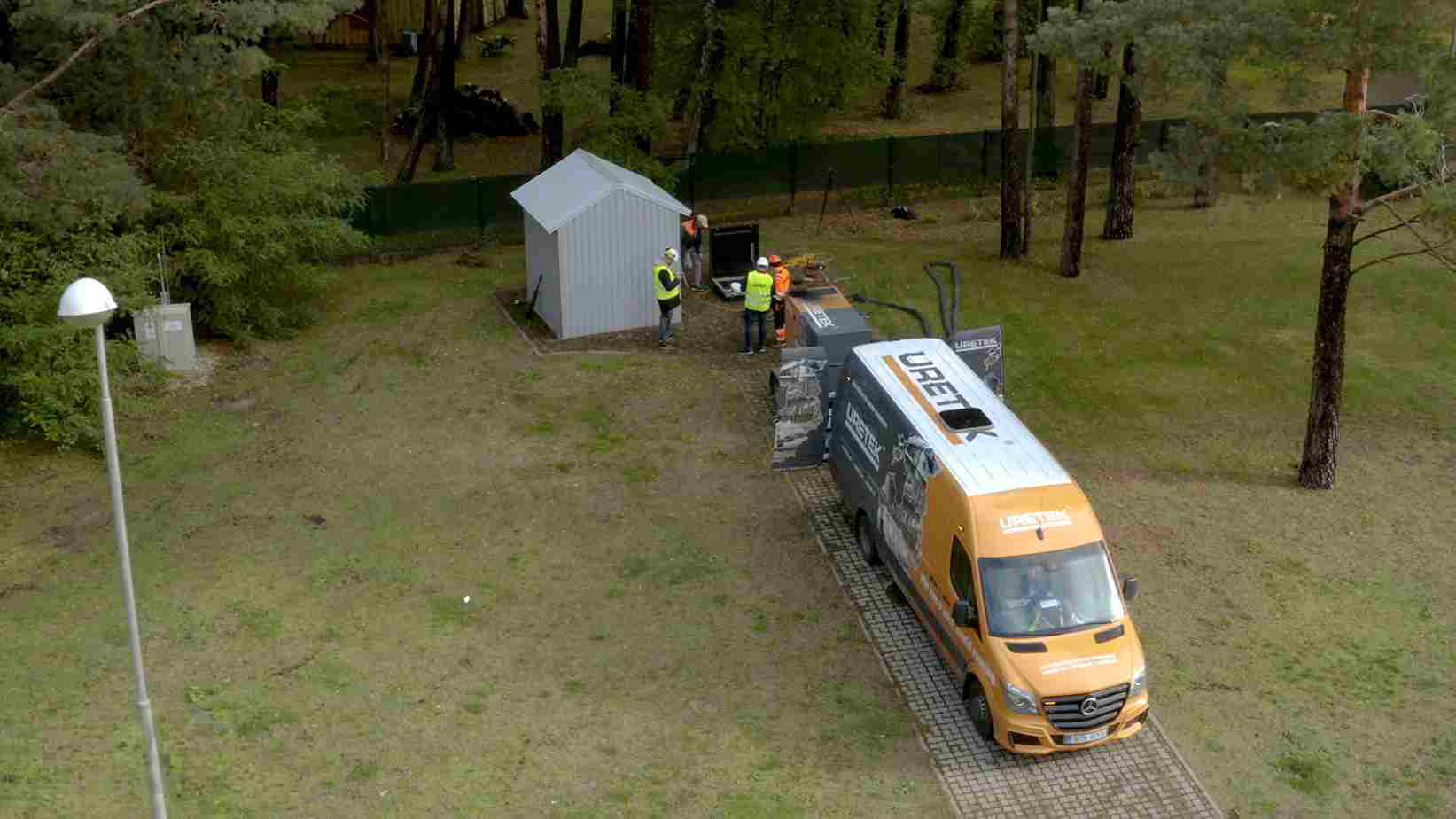
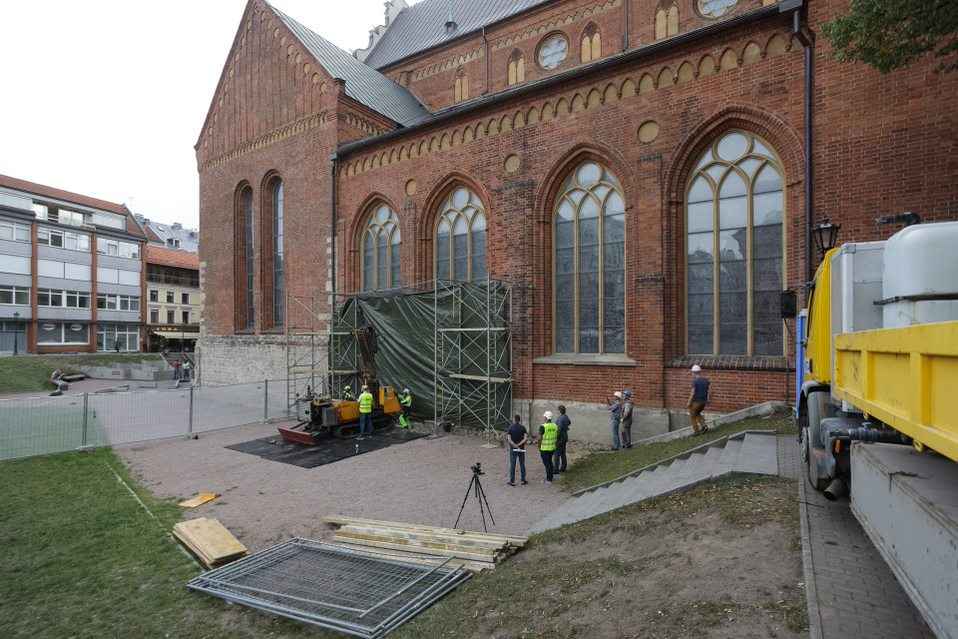
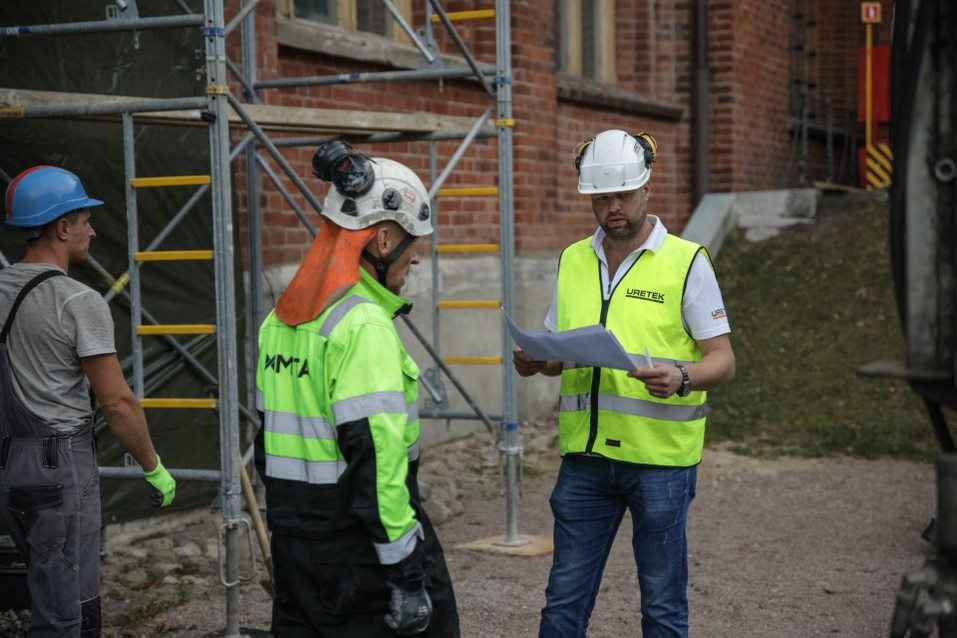
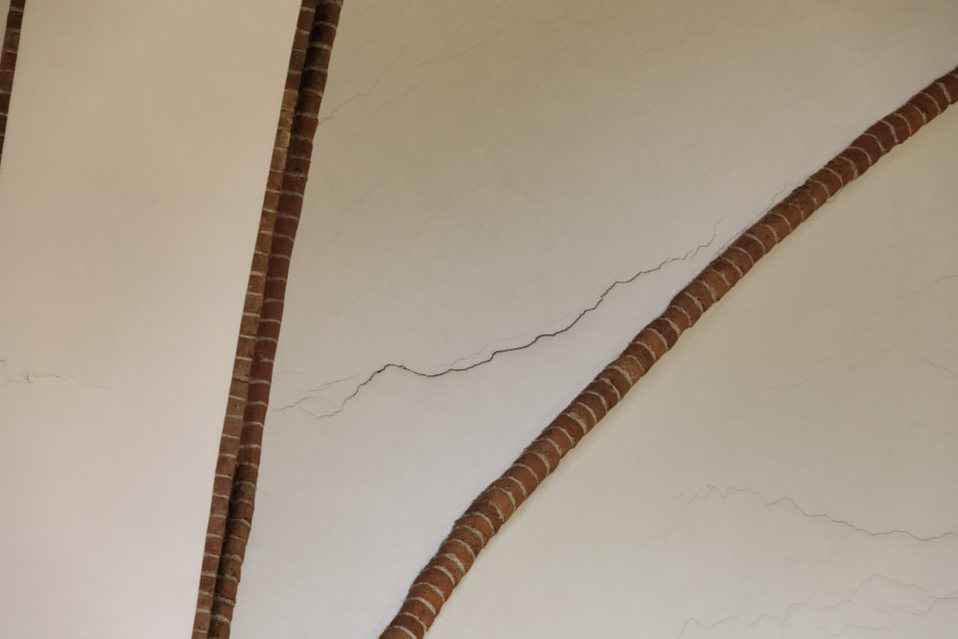
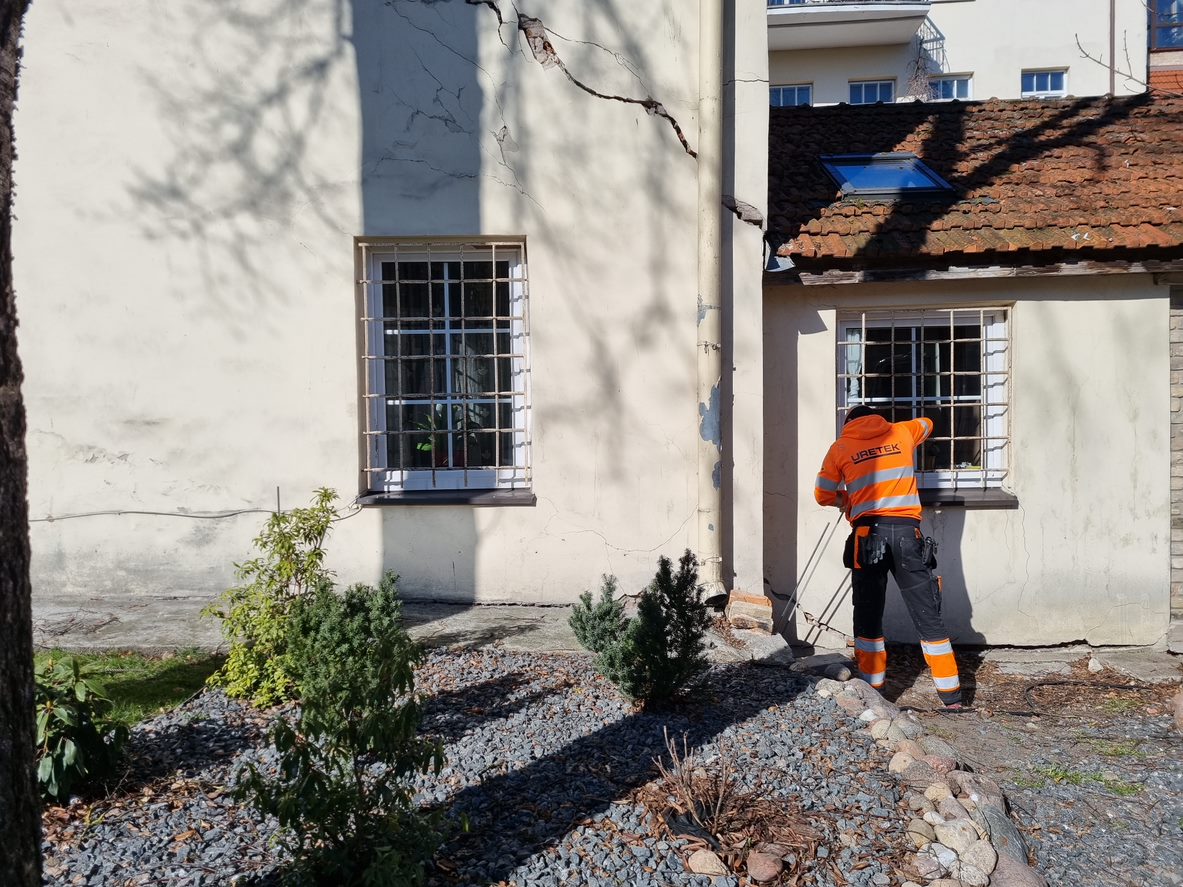
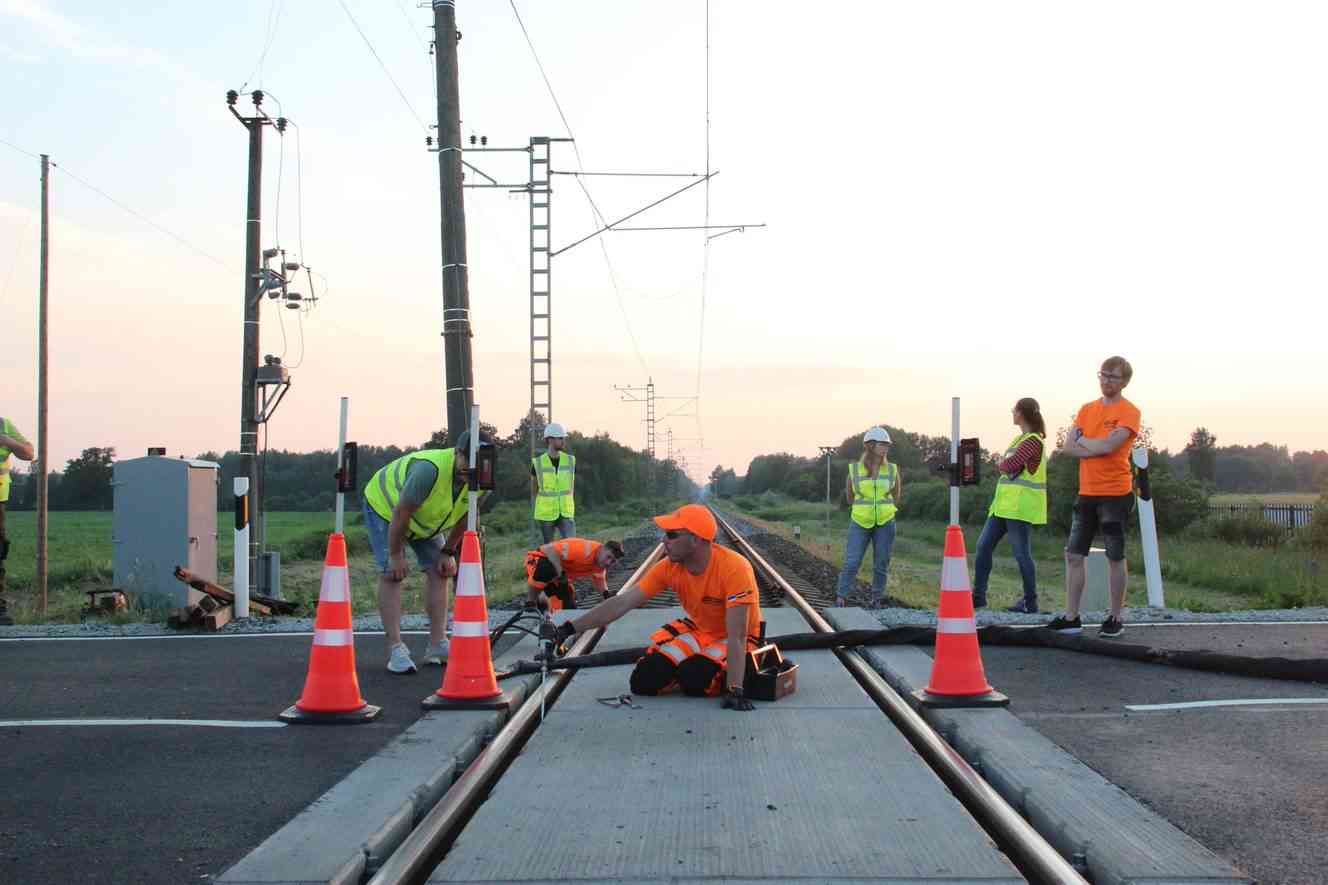

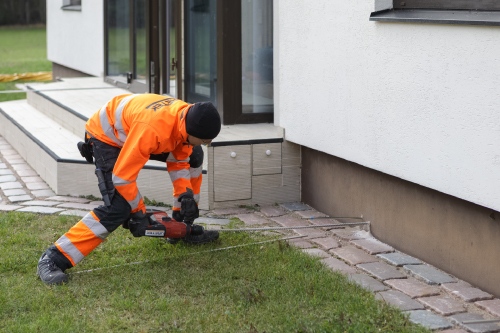
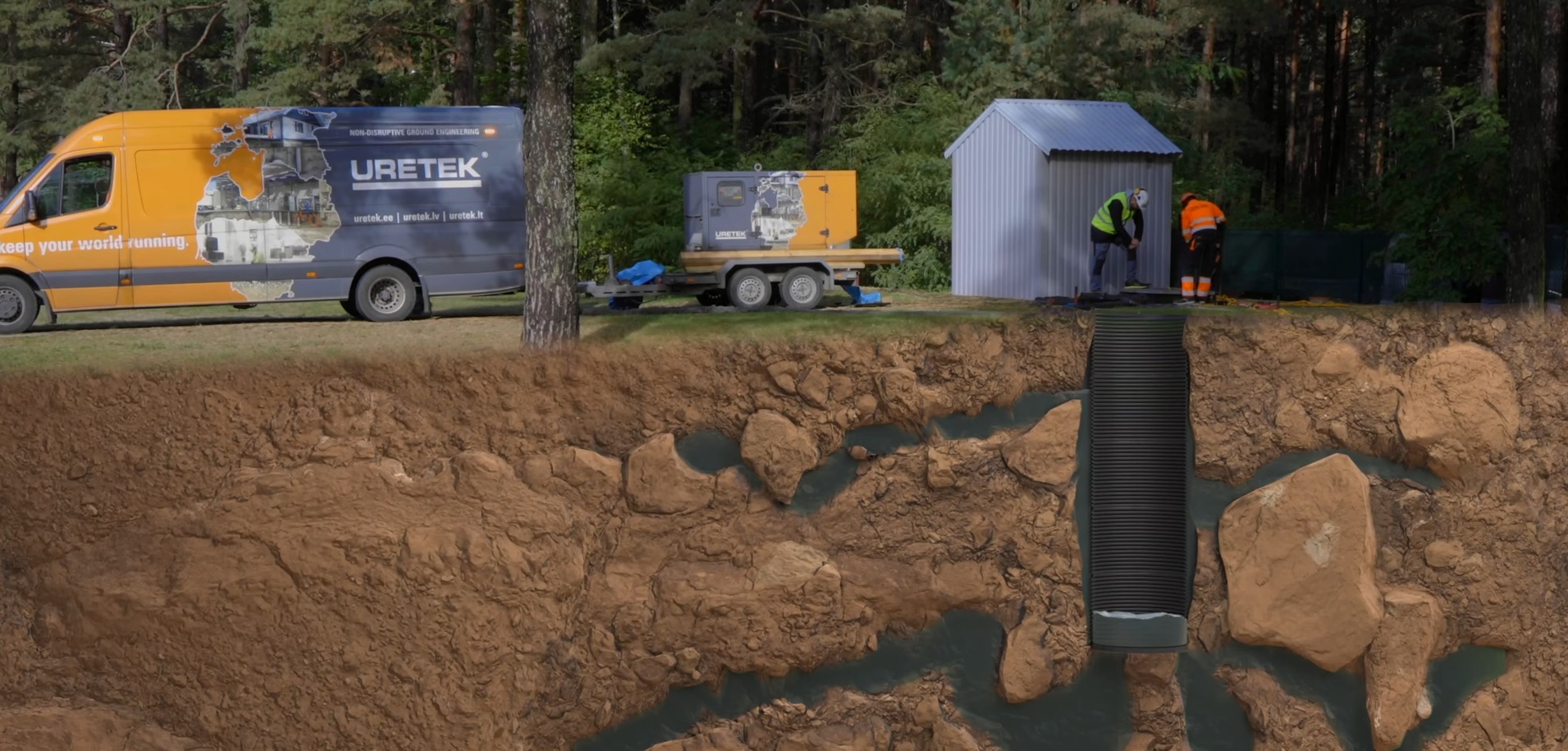
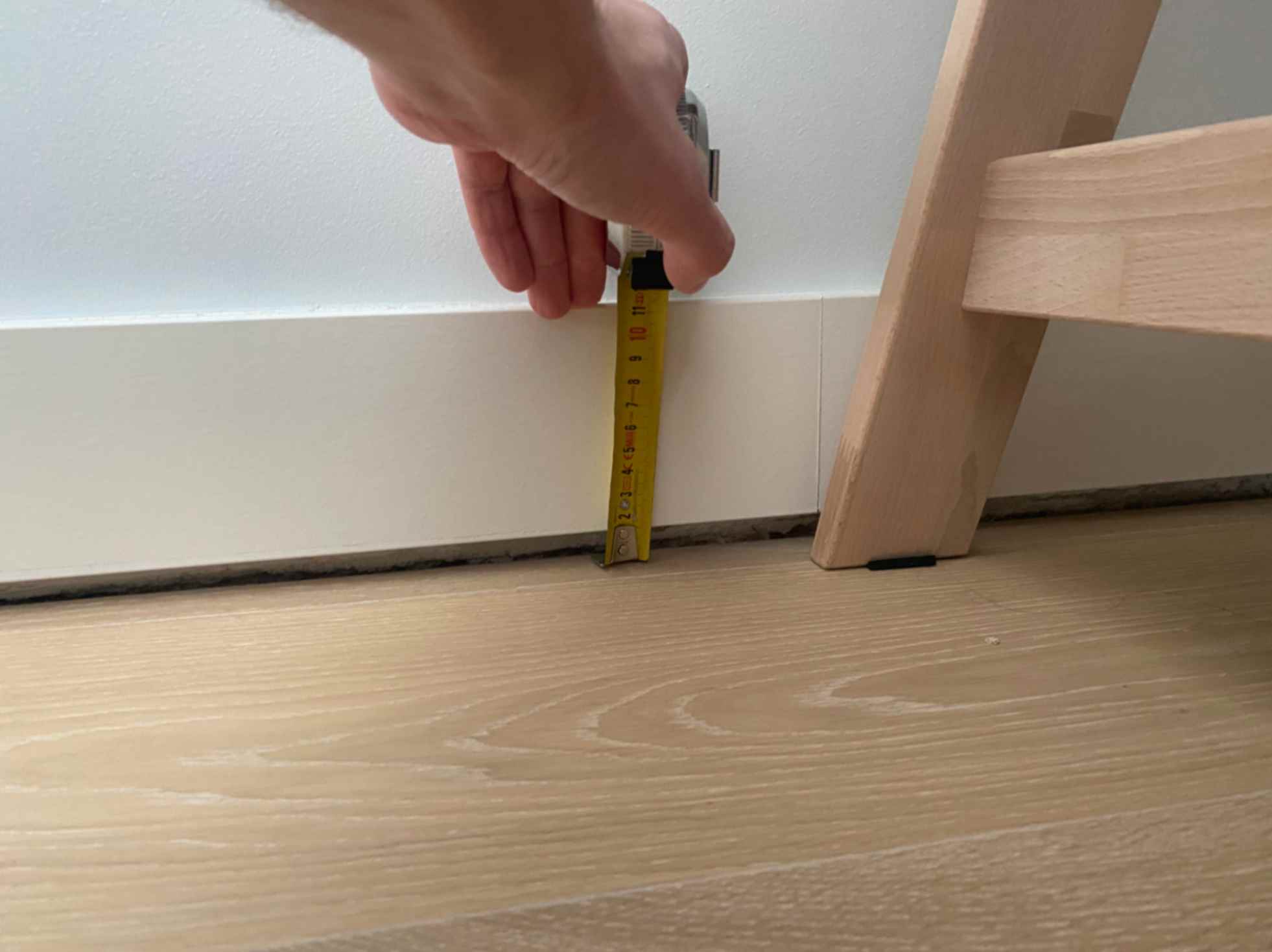

 Igasugused praod nii sise- kui välisseintes, vahed põrandalaudade ja seina vahel, kaldus või osaliselt vajunud põrandad, kaldus või kinnikiiluvad aknad ja uksed on olukorrad, mis võivad märku anda tõsisest ohust tervele majale – maja vundament vajub! Hoone vajumine on protsess kui keskkonna mõjul, mittekvaliteetsete tööde tagajärjel või pinnase omaduste muutuste tõttu hakkab ehitise vundament allapoole liikuma.
Igasugused praod nii sise- kui välisseintes, vahed põrandalaudade ja seina vahel, kaldus või osaliselt vajunud põrandad, kaldus või kinnikiiluvad aknad ja uksed on olukorrad, mis võivad märku anda tõsisest ohust tervele majale – maja vundament vajub! Hoone vajumine on protsess kui keskkonna mõjul, mittekvaliteetsete tööde tagajärjel või pinnase omaduste muutuste tõttu hakkab ehitise vundament allapoole liikuma.  Mis siis, kui vundamendi taastamine, betoonpõranda või palkmaja tõstmine, hoone stabiliseerimine oleks puhas ja kiire protsess, mis ei vajaks täiendavaid ettevalmistusi nagu näiteks kodust välja kolimist ja mööbli ümbertõstmist? Mis siis, kui pragunenud seinad ning praod seinte ja põrandaplaatide vahel saaksid õigele kohale ühe päevaga, ilma et oleks vaja oodata uue betooni kõvenemist?
Mis siis, kui vundamendi taastamine, betoonpõranda või palkmaja tõstmine, hoone stabiliseerimine oleks puhas ja kiire protsess, mis ei vajaks täiendavaid ettevalmistusi nagu näiteks kodust välja kolimist ja mööbli ümbertõstmist? Mis siis, kui pragunenud seinad ning praod seinte ja põrandaplaatide vahel saaksid õigele kohale ühe päevaga, ilma et oleks vaja oodata uue betooni kõvenemist? Kasutatavaks materjaliks on patenditud geopolümeervaigusegu. Nõrga pinnase kandevõime suurendamiseks saab ära kasutada geopolümeervaigusegu ainulaadseid paisumisomadusi, mille abil taastataksegi kiiresti ja tõhusalt hoone algseisund. Geopolümeer on tugev, mittelahustuv ja aja toimele vastupidav materjal, mis ei riku hoone konstruktsioone. Geopolümeervaikudega saab täita kõikvõimalikku pinnast alates savist.
Kasutatavaks materjaliks on patenditud geopolümeervaigusegu. Nõrga pinnase kandevõime suurendamiseks saab ära kasutada geopolümeervaigusegu ainulaadseid paisumisomadusi, mille abil taastataksegi kiiresti ja tõhusalt hoone algseisund. Geopolümeer on tugev, mittelahustuv ja aja toimele vastupidav materjal, mis ei riku hoone konstruktsioone. Geopolümeervaikudega saab täita kõikvõimalikku pinnast alates savist. 
